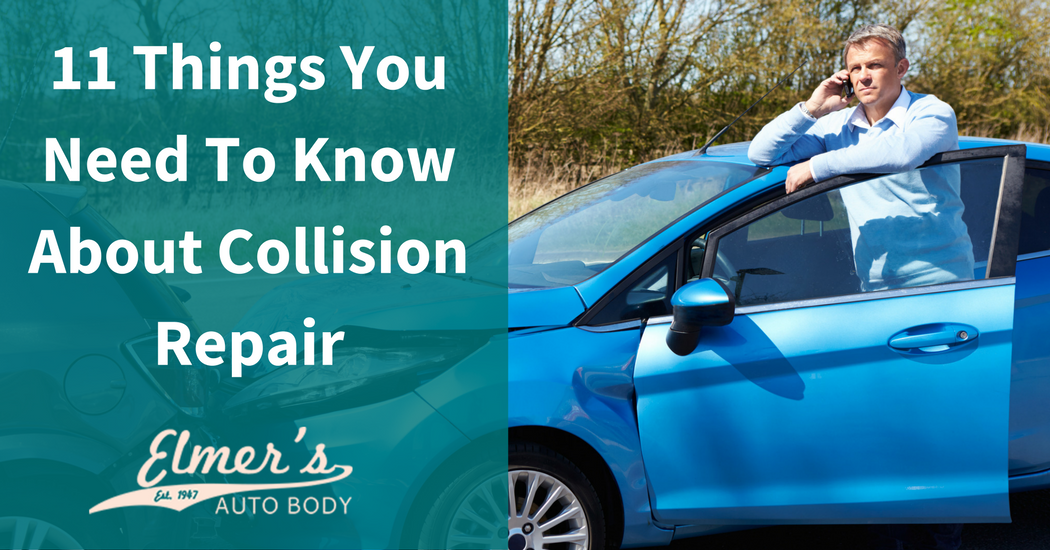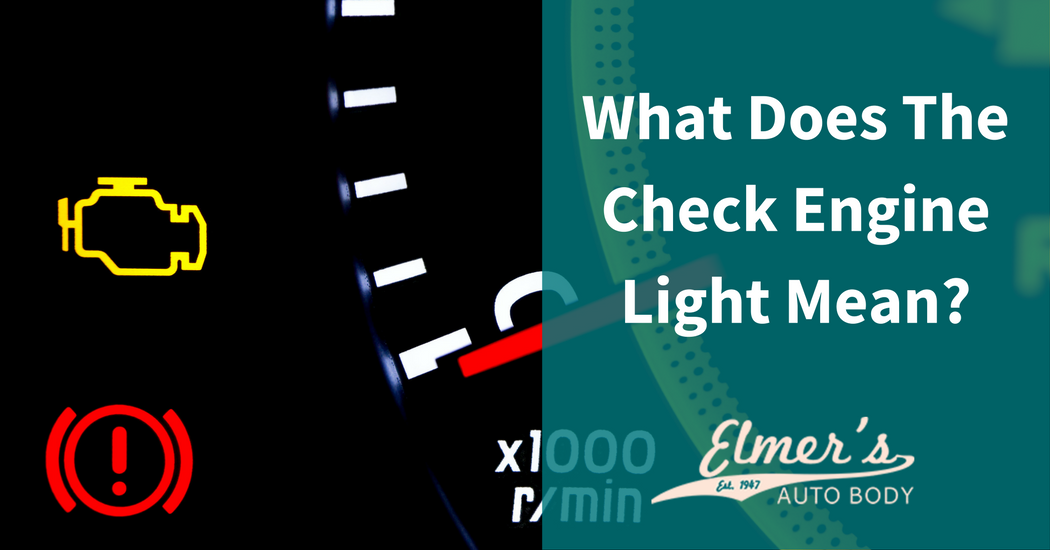Your car is one of the largest purchases you will make, second only to your home. Like your home, the expense of a car does not end when you leave the dealership. According to the Bureau of Labor Statistics, your vehicle is the second-largest household expense, costing the average person $8,700 per year. Despite the fact that vehicle ownership can be expensive, there are things you can do to minimize your costs over the years.
1. Avoid Aggressive Driving
Aggressive driving practices like speeding, accelerating rapidly or hitting the brake hard can reduce your fuel economy. In fact, one study conducted by Oak Ridge National Laboratory found that aggressive driving can reduce your gas mileage as much as 33 percent.
2. Watch Your Speed
Once your speed exceeds 50 miles per hour, your gas mileage begins to decrease. For every five miles you drive over 50, you are paying an additional 20 cents per gallon in gas.
3. Turn Off the Engine
If you are waiting in your car, turn off the engine rather than letting it idle which can use up to a half gallon of fuel per hour. In contrast, only ten seconds of fuel is used when you restart your car. You also no longer need to warm up your car in the winter. Instead, drive slowly for about 30 seconds after you start it as the engine warms up more quickly when the car is being driven.
4. Limit Air Conditioning
Running your air conditioner can reduce your fuel economy by more than 25 percent. If possible, drive with the windows down. If it is too hot to do that, at least ride with them down for a short time before you turn on the air to let the hot air out of the car.
5. Motor Oil
One of the biggest mistakes people make is to use a grade of oil other than what the manufacturer recommends. This causes increased friction in the engine and can lead to lower gas mileage. If possible, choose an oil labeled energy conserving which means it includes additives that reduce friction.
6. Inflate Your Tires
Check the inflation on your tires often to be sure they are at the manufacturers recommended level. Proper pressure in your tires can increase your gas mileage more than three percent. Even if you have a tire pressure monitoring system, manually check your tires as electronic systems may not alert you until the tire is underinflated by five pounds.
7. There’s an App for That
There are several apps available that can help you reduce expenses for your car. GasBuddy helps you find the lowest gas prices in your area, for example. Just be sure to look for stations near your route as it is not costs effective to drive out of your way to save a few cents on gas.
8. Use Cash Back Cards
Many credit and debit cards now offer cash back options that can save you money. You may also be able to save using gas station loyalty cards that might offer reduced gas prices if you use their card for payment.
9. Shop Around for Auto Insurance
According to J.D. Power, only 39 percent of Americans searched for new auto insurance rates over the past year. When it is time to renew, look for quotes from at least four companies to be sure you are getting the best price.
10. Reduce Coverage on Older Vehicles
If your car is more than ten years old, you may be paying more in collision premium than the vehicle is worth. You can save up to 40 percent on your car insurance by eliminating collision coverage.
11. Insurance Bundles
Placing your house, car and other insurance with one company can save you on insurance as well. Some estimates are that bundling your policies can save you about 10 percent each year.
12. Limit Insurance Claims
If you are involved in a small accident where you are deemed at fault, you may be able to avoid filing a claim with your insurance company as long as the accident did not involve others and you were not injured. Filing a claim with your insurance could increase your rates by 40 percent.
13. Know Your Car’s Maintenance Requirements
Read your owner’s manual so that you understand what maintenance is required and when. Some mechanics will try to perform maintenance that is unnecessary. For example, they may suggest you have the transmission fluid drained and replaced although most modern cars do not need that service unless they have been driven over 100,000 miles.
14. Don’t Tailgate
Although this may seem like more of a safety tip, it can also save you money. Hard braking can reduce the life of your brakes. By easing to a stop rather than slamming on the brakes, you extend the life of your brakes as much as 30,000 miles.
15. Rotate Your Tires
Because front tires wear faster than rear tires, you can extend the life of all your tires by rotating them regularly. You can rotate them yourself or have them done when you take your car in for its regular oil changes.
16. Replace Air Filter
Your engine’s air filter keeps dirt out and improves your gas mileage. Therefore, it is recommended that you change the filter every 30,000 miles although your owner’s manual may have a different timetable. You can change the air filter yourself in less than five minutes.
17. Do Minor Repairs Yourself
You can do minor repairs to your car on your own. Replacing wiper blades is relatively easy and you can replace lights or fuses on your own. If you are unsure, search for how-to videos online or check your driver’s manual.
18. Oil Change Frequency
Most newer cars that use synthetic oil do not need the oil changed more than every 10,000 miles, although some mechanics will say it still needs to be done every 3,000 to 5,000 miles. Check your owner’s manual and stick to the schedule recommended by the manufacturer.
These tips can help you extend the life of your car and save you money over the years. For more information on how to maintain your car, schedule an appointment today by filling out the simple form online.




